[Home Theater Network HDAV.com.cn] When building a home theater, many people care about what speakers, amplifiers, projectors, projection screens, or sound bars, TVs (related reading: "Old Snail teaches you to match the family Cinema·Budget allocationâ€), and how to adjust the sound effect (related reading: “Home theater audio debugging full analysis of speaker wiring debuggingâ€), often ignore how to route. It should be known that a suitable and beautiful wiring method can improve the utilization of space and make the layout of the entire home theater more beautiful and concise.
First of all, we must clearly understand the basic process of setting up a home theater: "From 0 to the perfect home theater audio-visual room formation process", next, for everyone to explain how to carry out home theater wiring: "How to route home theater decoration (must see before renovation) ·图) 》 for your reference.
Types of home theater wiring:
Home theater wiring generally considers video, audio, and power supply, as well as HDMI cable. It is divided into two cases: one is “pre-buried†and the other is taking the bright line. Each one has its own strengths and weaknesses, and it chooses according to the layout of its own theater.
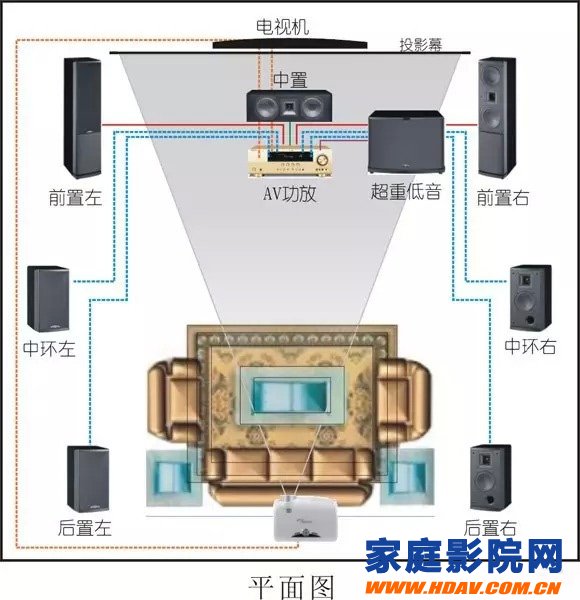
â— Embedded wire
“Pre-buried†is generally considered in the layout of the home theater or in the decoration of the house. According to the different living room environment, it is expected to complete the installation of audio-visual equipment, design the position of the speaker, and select the suitable wire. , concealed power outlets, pre-set installation holes, etc., when the decoration is buried in the wire. This operation minimizes the impact of the wire on the aesthetics of the environment.
According to the current home theater equipment, the embedded line buried in the wall and buried under the floor is mainly a flat-panel TV and a projector installed on the wall, and it is necessary to pre-consider the buried audio and video cable, and there is a surround speaker cable. Finally, the power cord.
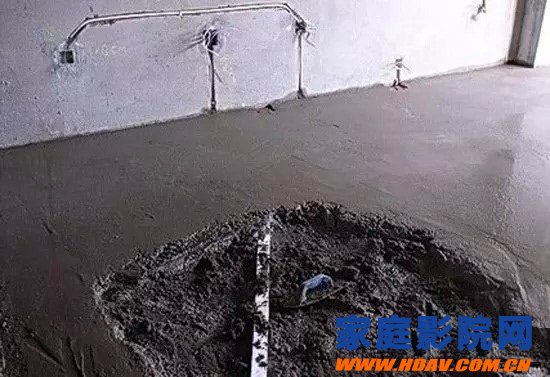
It should be noted that the video cable and speaker cable should be equipped with a dedicated cable slot to avoid sharing with the power cable. Especially the speaker cable is very susceptible to interference because it does not have a shielding layer. For signal lines and speaker cables marked with a cable header, wire the cable according to the instructions of the cable head.
â— Take the bright line
Home theater wiring can also be seen very well. Of course, not every family just considers the layout of the home theater in the future, but it can't re-install the house. It can only be done by "pre-buried". Take the bright line.
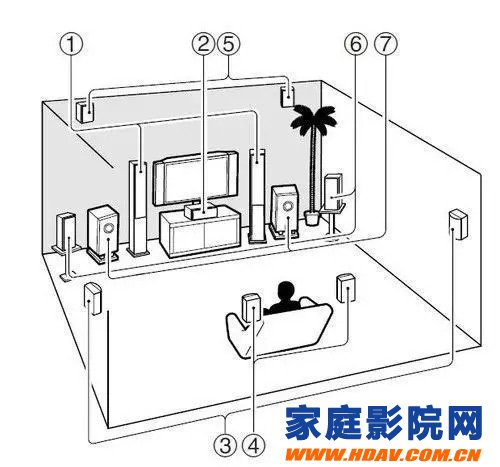
For many families, taking the bright line is a headache, because it wants to be both beautiful and tidy and meet the requirements of cinema wire. At present, there are two main ways to take the bright line. The first one is to straddle the wall. It is best not to use saddle stitches. The installation of the trunking will be more beautiful. Some people have raised the question: "The speaker cable and video cable are very large, and the ordinary crimping slot can't be put in." Indeed, this problem is encountered when wiring in the theater.
Therefore, stainless steel crimping grooves can be used. At present, supermarkets and shopping malls use such wire troughs, and they are adhered to the wall surface with glass glue, which is both beautiful and practical. The second type of line is mainly for surround speaker wiring. It is recommended that the speaker not be wall-mounted, with a bracket, and then a carpet to cover the wire. This wiring is only suitable for a small amount of wire.
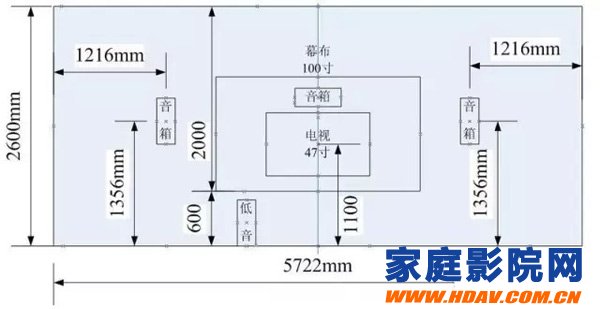
If you take the bright line, the first step is to set up the speaker first, and the second step is to route, so you can determine how the line should go and where the line opening should be. Among them, there are many kinds of pendulum methods for Hi-Fi speakers, and wires are often used to take the way of clear lines. So, which kind of pendulum is the easiest for Hi-Fi routing? In general, the "three-seven-ratio method" is the first choice for wiring. The "three-seven-seven proportional method" refers to dividing the length of the room into three equal parts. The speaker is placed at one-third of the length, and the interval between the two speakers is 0.7 times the length of two-thirds of the room.

The second choice of Hi-Fi speakers is the “three three one proportional methodâ€: the length of the room is divided into three equal parts, the width is also divided into three equal parts, and the speaker is placed in the first division of length and width. At the intersection. The speaker can have a slight inward projection angle, even without inward projection, and the listening position should not be placed against the back wall.
The "three-three-one ratio method" and the "three-seven-seven proportional method" achieve similar results, and both can obtain a balanced sound and a wide sound field, the difference is that the interval between the two speakers is narrow. Both of the above speaker pendulums are suitable for audiovisual spaces with large areas and uniform ratios (eg 1:1.25:1.6 or 1:1.6:2.5).
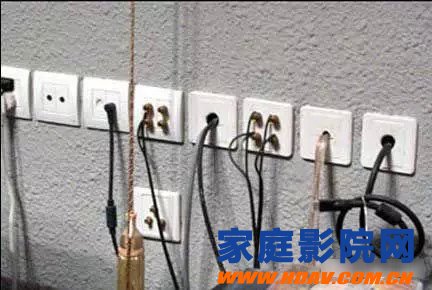
How to wire the power cable and speaker cable?
Among several kinds of wires, the power cable is a key factor before wiring, and the speaker cable is the focus of wiring. The video cable direction is determined according to the installation method of the video device. The audio cable is basically not needed when wiring, because the audio source device and the power amplifier are often put together, these lines are very short, and the configuration can be performed later.
1, priority to the power cord
Since most projectors and TV sets require 220V power supply, the installation requires weak current and strong power at the same time, and the line must have a certain load carrying capacity. Strong electricity generally refers to the power cord of the equipment. Home theater equipment has higher requirements for power supply. It is best to take several wires directly from the incoming line. The wiring in the power supply box of the audio-visual room should be separated from the outgoing line, and separated according to the direction and the current, and the rectangle is fixed, and the line card is used separately.
The weak current mainly includes telephone lines, network lines, cable lines, audio lines, video lines, audio lines, and the like. The weak current pipe exhaust method is almost the same as the strong electricity, and also wears PVC pipe. It is better that the cross section of the wire does not exceed 40% of the cross section of the PVC pipe.

It should be noted that strong and weak electricity should never be worn in the same pipe, and should be separated as much as possible. The distance between strong and weak electricity is at least 20 cm, otherwise there will be interference. In addition, the quality of various wires must be too hard to meet the 20-year normal use as the bottom line.
Please plug all the power plugs into the wall socket as much as possible. It is best not to use the "tow board" sold in supermarkets or stalls. They only play a role in degrading the sound quality. If the number of outlets is not enough, consider a dedicated power filter that filters out impurities and noise from the mains, which may improve the clarity of the picture and make the sound quality cleaner. However, it is not recommended for use on high power output amplifiers.
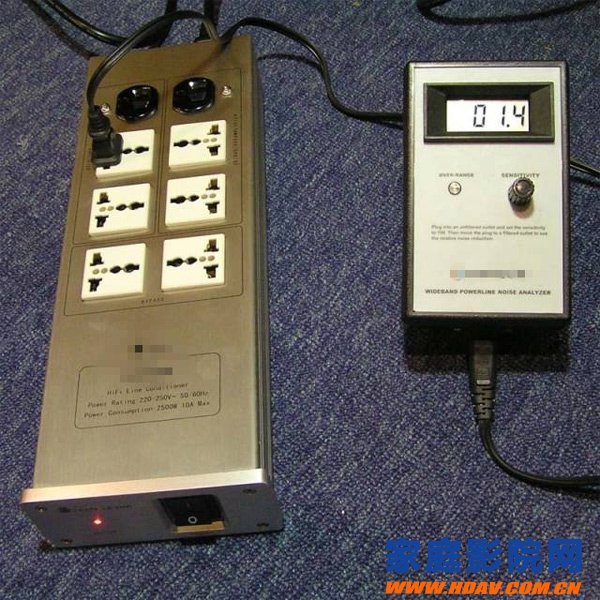
The material of the power cord, the wire diameter, the weaving method, the length, how to install it, and where to install it are very knowledgeable and have different effects on different devices. Also, there are different requirements for power outlets, switches, and connectors. Especially for the ground wire, the effect on the sound has a great influence. Especially when using the power supply filter device such as the isolated power supply and the filter power supply, the ground wire has higher requirements.
It is also important to emphasize that both internal and external power supplies are important, and which link should be taken seriously, such as whether the fuse and its contact plug are in good contact. In practice, it is often seen that some non-brand-name audio equipment does not buy, non-precious wire does not buy, but the power supply and the environment can not keep up, the sound of expensive equipment is not good, the sound can only be placed.

2. How to wire the speaker cable
Connect one end of the speaker cable to the Hi-Fi or AV amplifier, and connect the speaker to one end. The active subwoofer is usually placed next to the amplifier due to the non-directionality of the bass, and the low speaker cable is not wired. In general, speakers, especially front speakers, are placed on the short wall side, and the sound is better than the long wall. To embed, usually only the surround back speakers.
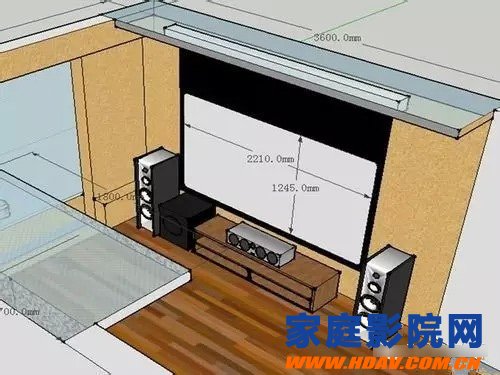
In the 5.1 system, there is only one pair of surround boxes, but as a long-term consideration, it is best to add a set of two to the rear surround speaker cables on the basis of this, in case of future upgrade to 7.1 or 8.1 channels. When embedding the wire, whether it is in the floor planing hole or the wall grooving, the cable should be covered with a plastic sleeve or a yellow wax tube, and should not be directly sealed with cement. If possible, it is better to use a sleeve for each speaker cable. The lead-out portion of the buried wire should be reserved for a sufficient length.
For the exposed part of the unused speaker cable, you can use the whiteboard box to store the line. The whiteboard box is a box of the same size as a standard power outlet. It can hold a certain length of wire, cover the box, and is beautiful. In the future, the Tibetan line will be pulled out and the box will not be removed.
There are three points to note about the wiring of the surround speakers:
â— If you want to reserve a long enough line at both ends, you will often encounter some users who find that the reserved wires are shorter when they finish the speaker and amplifier installation. The height of the surround speakers should be 0.5~1.0m higher than the height of the human ear when the listener is sitting on the chair, ensuring the spread of sound in the space.
â— Keep the line as straight as possible and do not bend around. Because the long surround line will cause loss to the audio signal, affecting the sound quality of the speaker, under normal circumstances, you can walk under the floor.
â— After the surrounding line passes over the floor, it is separated from the left and right sides of the sofa, one on each side. Generally, the line on the ground is slightly longer. Generally, the length of the sofa is one-half and two meters is better. This is intended to use the surrounding bracket. User. If you want to hang the surround speakers on the wall, you can leave the surround line just above the two sides of the sofa at a position of about one meter and eight, exposing the length to fifty centimeters to one meter. Too high, close to the top of the wall, it will have a great impact on the sound.
In addition, it is important to emphasize that because the HDMI cable is relatively weak, it cannot bend too much, especially the joint part. If necessary, you can prepare one more when wiring.
The wiring seems to be a trivial matter, and the learning is quite large. The above content, for home theater players with certain experience, can try to practice, I believe that can greatly improve their DIY capabilities. For the average user, it is recommended to ask the professional to help the wiring. If you have any confusion about the home theater decoration wiring, you can add WeChat: cnhifi, audio and video experts to answer for you free of charge.
LED Underwater Spotlight is made of 304 stainless steel or ABS material, widely used in Swimming Pool fountains, swimming pools, water shows, shopping malls, fish ponds, aquariums, hotel swimming pools, marine aquariums, underwater, theme parks, landscape lighting and other Underwater Lighting.The working voltage of this series of LED Underwater Spotlight is DC12v or DC24V, constant current drive, no flash, fast response, overcurrent can be realized, and it is safe to use. Moreover, LED Underwater Spotlights have a long life, up to 50,000 hours, and are IP68 waterproof, allowing the spotlights to illuminate and display underwater for a long time.
LED Underwater Spotlight
LED Pool Light Return,LED Pool Light Flashing,Seablaze3 LED Underwater Light,LED Underwater Spotlight
JIANGMEN LEDERLIGHT LIGHTING Co.,LTD , https://www.lederlight.com